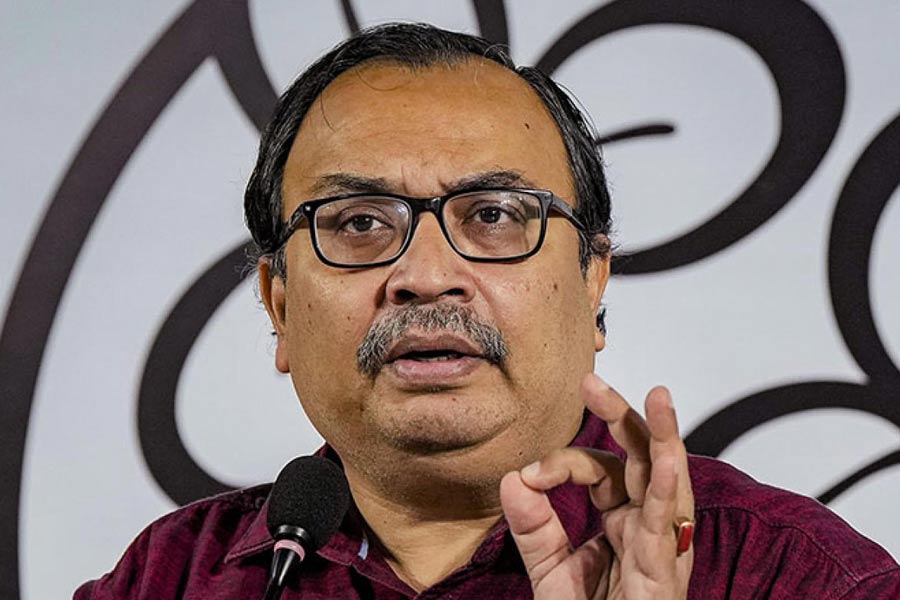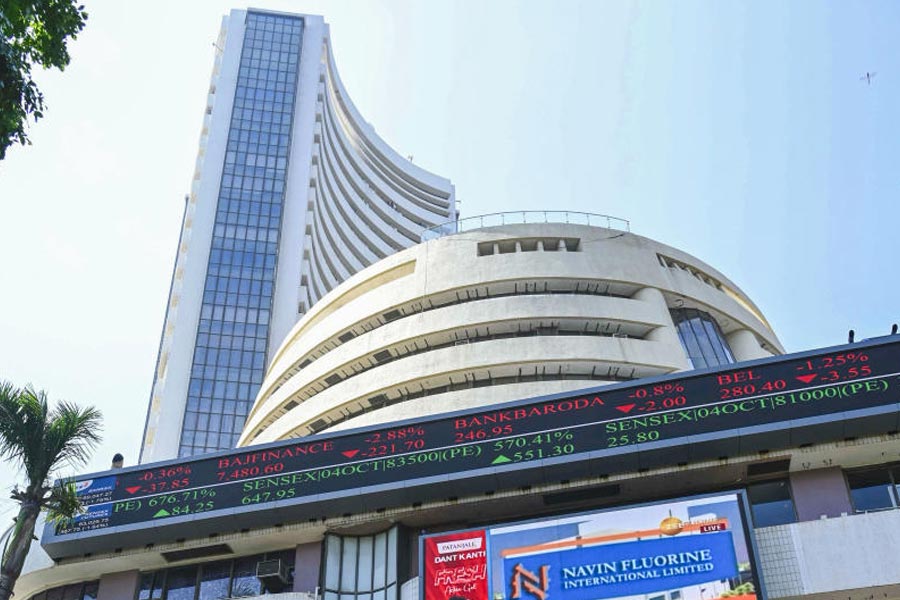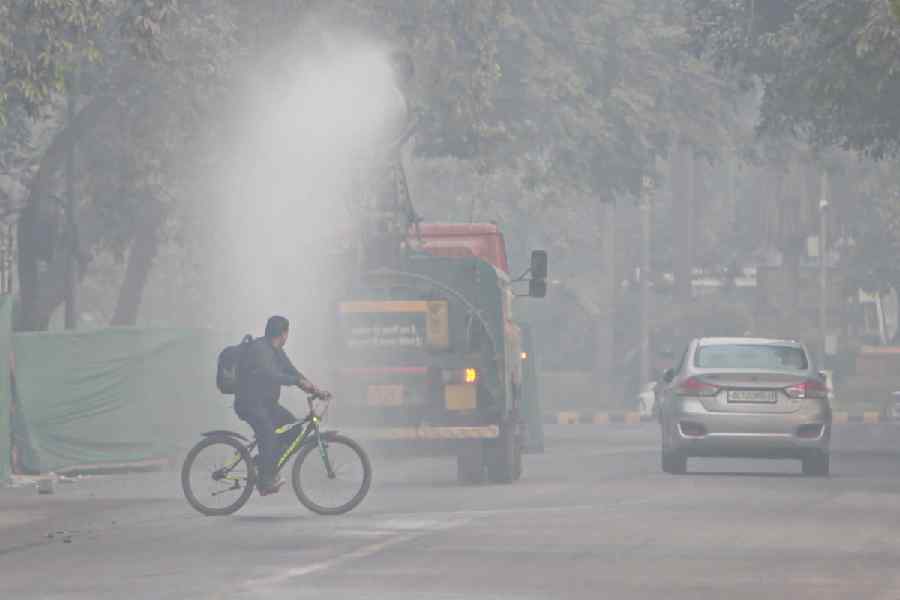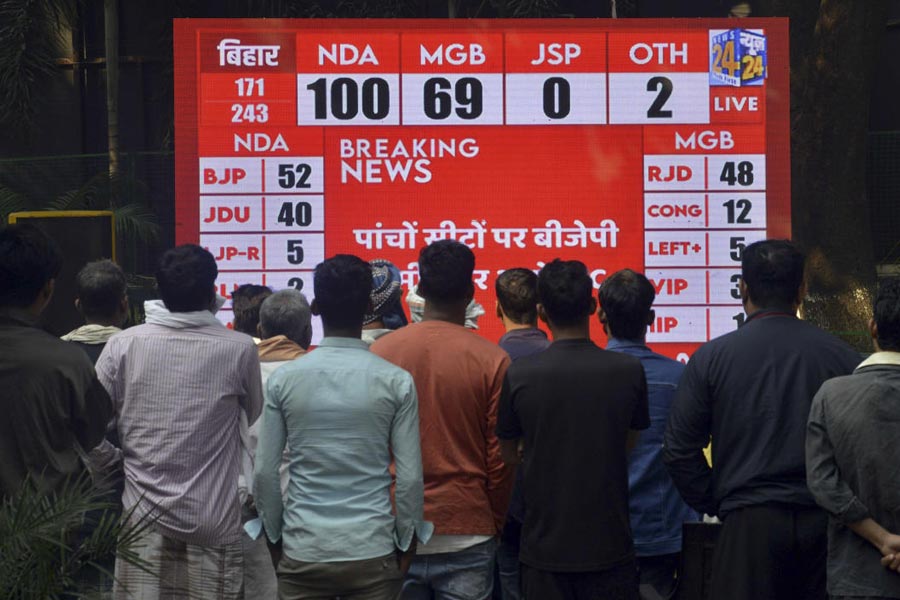The NDA has secured leads in 96 of 113 seats where women voters exceeded men by over 10 percentage points, signalling strong female support for the chief minister Nitish Kumar-led alliance, presumably boosted by the Rs 10,000 monthly allowance scheme for women announced before the polls.
Of these 113 seats, Nitish’s JDU was ahead in 45, the BJP in 42, the LJP (RV) in 8 seats and the Rashtriya Lok Manch in one seat.
In the Opposition bloc Mahagatbandhan, the RJD was leading in 10 seats, the Congress in two seats, and the CPM in one seat. The AIMIM was leading in 4 seats.
In Madhubani district, where a gap of 18.4 percentage points was recorded between women and men voters, the NDA was leading in eight of the 10 seats.
In Gopalganj, where there was a 17.72-point gap between women and men in voting percentages, the NDA was leading in all six of the six seats.
In Darbhanga, where there was a 14.41-point gap between women and men, the NDA was leading in all 10 seats.
Though the Mahagatbandhan manifesto had promised a “Mai-Bahin Maan Yojana”, under which women would have received Rs 2,500 per month starting December 1, the NDA, which was in power in the state, trumped it with its Mukhyamantri Mahila Rozgar Yojana – the dole of Rs 10,000 per year for every woman.
Prime Minister Narendra Modi launched the scheme on 26 September, during Navratri. By the first week of October, the amount had been credited to the accounts of 25 lakh women of Bihar.
The Bihar election results show how women, who account for 48.4 per cent of India’s population, have become a key vote bank to woo for winning an election. In most states, ruling coalitions who have rolled out such dole schemes for women have won.
In Bengal, chief minister Mamata Banerjee’s Lakshmir Bhandar, which doles out a Rs 1,000-1,200 per month and reaches out to 2.2 crore women, has often been termed the recipe for her continuing electoral success.
Modi has often criticised the Opposition’s dole culture, as Gujarat’s chief minister and as well as prime minister, but states run by the BJP have been no exception in following the dole model.
In Maharashtra, the BJP government runs the Mukhyamantri Majhi Ladki Bahin Yojana, which provides registered, eligible women with Rs 1,500 each month and reaches out to over 2 crore women.
In Madhya Pradesh, the government runs the Chief Minister Ladli Behna Yojana, under which women are paid Rs 1,000 per month.
In both these BJP-ruled states, these two schemes have been called the game changer for the saffron party’s successful electoral arithmetic.
In Bihar, Nitish Kumar has long been a choice for women. In the previous Assembly polls in recent years, experts have said that women voted for Nitish because of reservation in panchayats, government jobs, alcohol ban, and welfare schemes for girls.











